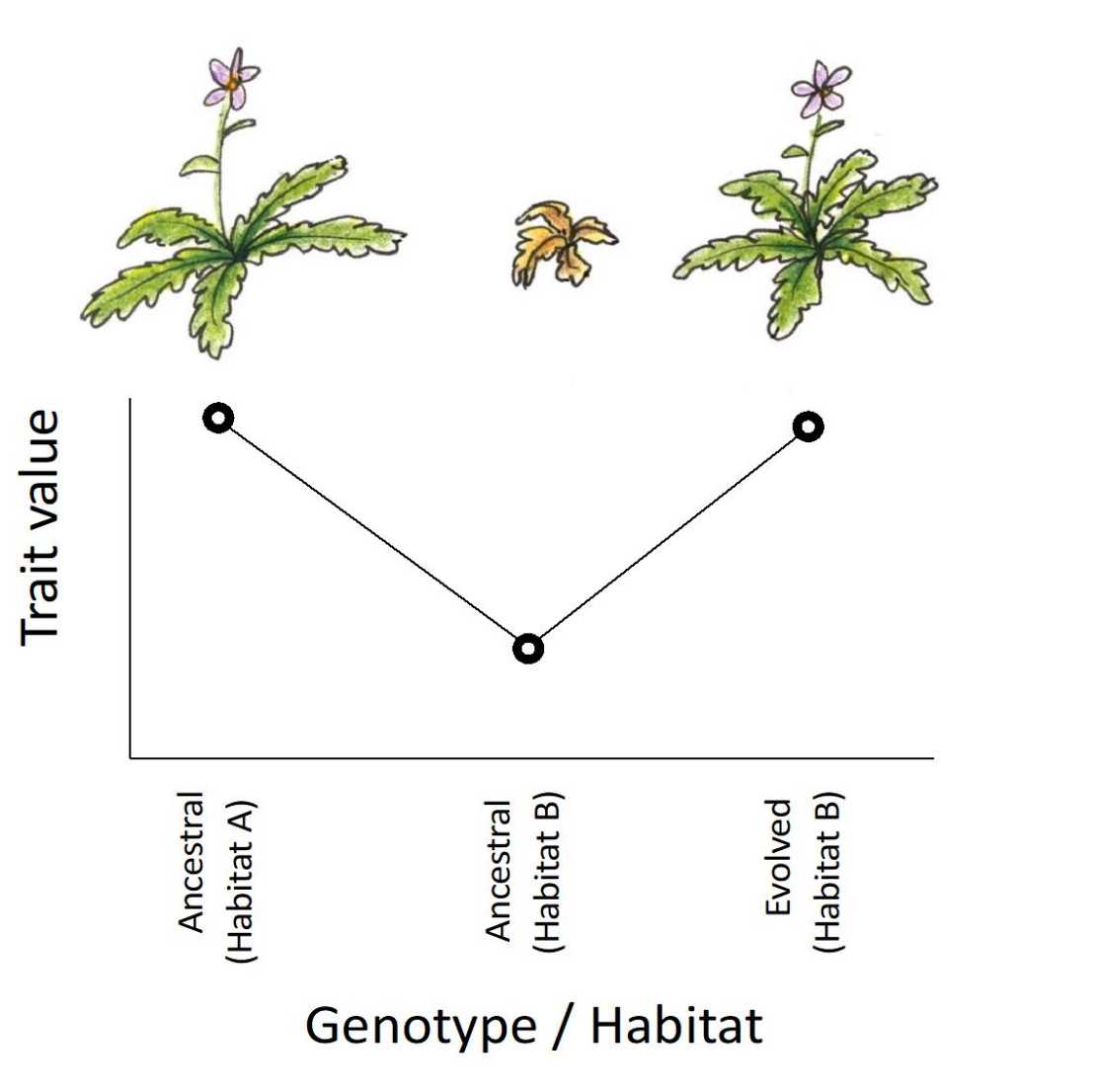A quiet evolutionary response to cellular challenges
In studying evolution, we often focus on showy traits. But a recent essay by Kirsten Bomblies (IMPB, DBIOL) highlights that “invisible” adjustments that maintain cellular functions in novel contexts are an important force in evolution and can help interpret signatures of selection in genome scans.

Evolution is continuously shaping organisms, and their genomes, as they survive and adapt to novel situations (or don’t). When we think of “adaptive” traits, we commonly think of showy or obvious traits, like flower color, wing patterns on butterflies, adult lactose tolerance in humans, coat color in mammals, life history differences, and so on. These traits are of course important in evolution, but they are not the whole story – this essay makes the case that traits that don’t cause obvious morphological changes are also important.
The revolution in genome sequencing has opened a whole new way of studying evolution – essentially the “reverse genetics of adaptation” where we start with a list of genes under selection and seek to understand the corresponding phenotypes. What has become clear from genome scan data, is that only a small subset of selection signatures can be easily explained by obvious phenotypic differences among populations. The rest is essentially evolutionary “dark matter”. But what is that stuff? Can we explain it?
This essay makes the case that if we consider the importance of trait maintenance, especially when considering changes at the cellular level, we may be able to understand the mechanistic basis of evolution much better. We cannot ignore biophysics, biochemistry, and cell biology in studying the genetic basis of adaptive evolution.
Link to the paper in "external page American Journal of Botany".